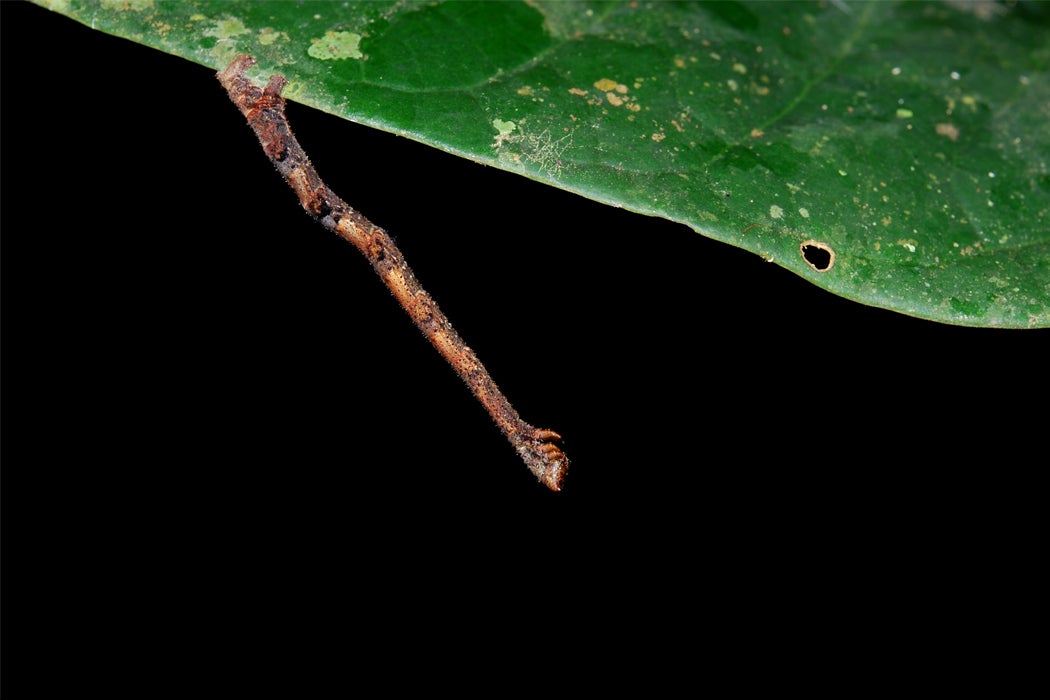Camouflage is one of the most incredible phenomena in the animal world. Animals can change color or even texture, blend into the background, and virtually disappear. Such camouflage is intended to fool predators who hunt their prey using vision. But what if a predator relies on other senses besides vision? There’s camouflage for that too.
Zoologist Graeme D. Ruxton writes about one quite common way of avoiding non-visual detection: staying silent. Keeping quiet is an easy way to avoid notice when predators are near. Ruxton, however, considers that technique to be hiding rather than camouflage. Of course, some organisms might not be able to stay silent. Some frogs, hiding from bats during mating season when silence is not an option, sometimes make simpler calls that attract less attention. They only ramp up complexity when many other frogs are around. This both offers safety in numbers and increases the potential payoff for the risk.
A much rarer technique is chemical crypsis, or altering scent to match background odors and avoid olfactory predators. Take the Biston robustum, the caterpillar of the giant geometer moth. These insects resemble twigs, but they also seem to match the chemical signature of their home twigs. Ants hunt through scent, and they will walk right over the caterpillars on their home twigs. Move one of these caterpillars to a different plant, however, and the ants quickly attack. Luckily, as soon as the caterpillars molt and feed on the new plant, they regain their chemical camouflage. Since the protection comes from their diet, they are safe as long as they stay on one type of plant.
Weekly Digest
There are other unusual ways to use camouflage, and in fact some predators can use camouflage as well. Certain predatory fish will follow directly behind prey fish, hiding in the wake generated by their caudal fins. Hiding in the disturbed water of the wake can foil the sensitivity to water movements that most fishes have. In this manner the predator can remain undetected until it is too late for the prey.
Even more esoteric senses such as vibration detection and electrosensing have countermeasures. Of course there are no known examples of camouflage against heat sensors, such as the pits of pit vipers. But for the most part, if a means to detect prey or danger exists, defenses have probably evolved to foil it.







